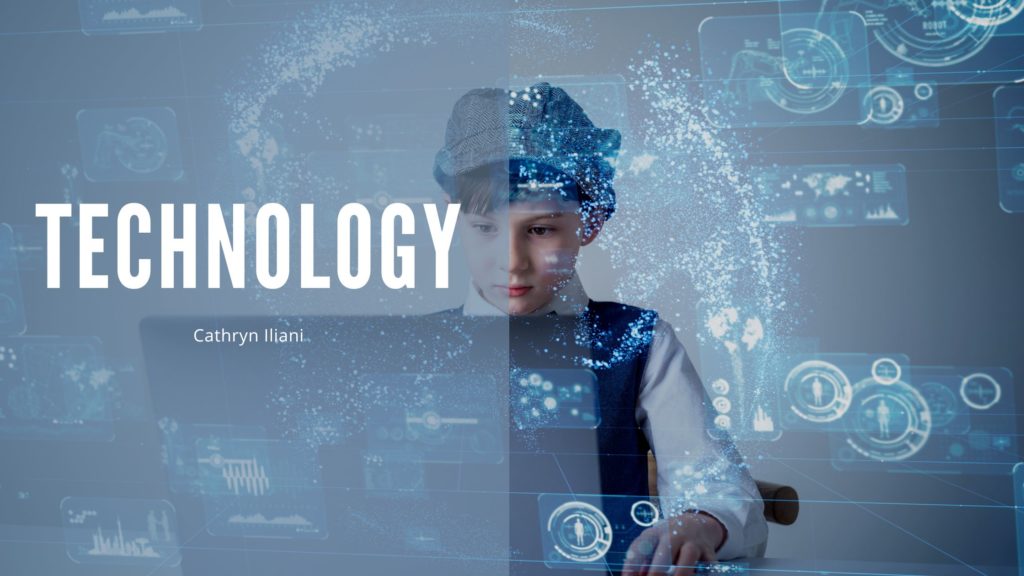
The field of instructional technology is focused on the creation of resources for learning. It’s a discipline rooted in the theories and practices of R.C. Ritchie and B.B. Seels. Seels believed that the design, utilization, evaluation, and management of processes related to learning were all related to instructional technology.
In instructional technology, we refer to various learning resources that can be accessed through the Internet, such as Web-based training. These are all designed to accommodate successful learning technologies.
One of the most important factors that schools must consider when it comes to implementing technology is the training of their teachers. This is done through the development of various pieces of training and resources.
History
The origin of instructional technology can’t be attributed to a specific individual or time. Many of its early histories date back to the 20th century. The definitions of instructional technology vary depending on the context. For instance, systems-focused approaches tend to go back further than those focused on sensory devices.
During the Second World War, the military used visual and audio instruction to address the shortage of skilled labor in the U.S. Through instructional technology; the training industry created a systematic and efficient method.
Using standardized tests, instructional films, and highly structured manuals marked a turning point in the development of instructional technology. Although Thomas Edison believed in the value of instructional films, he did not formally recognize the science of instruction.
Modern Day
The field of instructional technology is growing due to the increasing number of ways that it can be used to solve educational problems. In 1989, Moore defined three types of learner interactions: the learner-content, the learner-instructor, and the learner-learner interaction. Since then, various philosophical views have emerged about the relationship between instructional technology and these interactions.
Most researchers believe that the most critical aspect of instructional technology is the interaction between learners and content. Others believe that Moore’s social interactions are as effective as the interactions between students and instructors.
The Benefits
In addition to improving the interactions between students and instructors, instructional technology can also help improve student’s learning habits. Some of the advantages of this technology include the development of strong feedback channels and interactive collaboration.